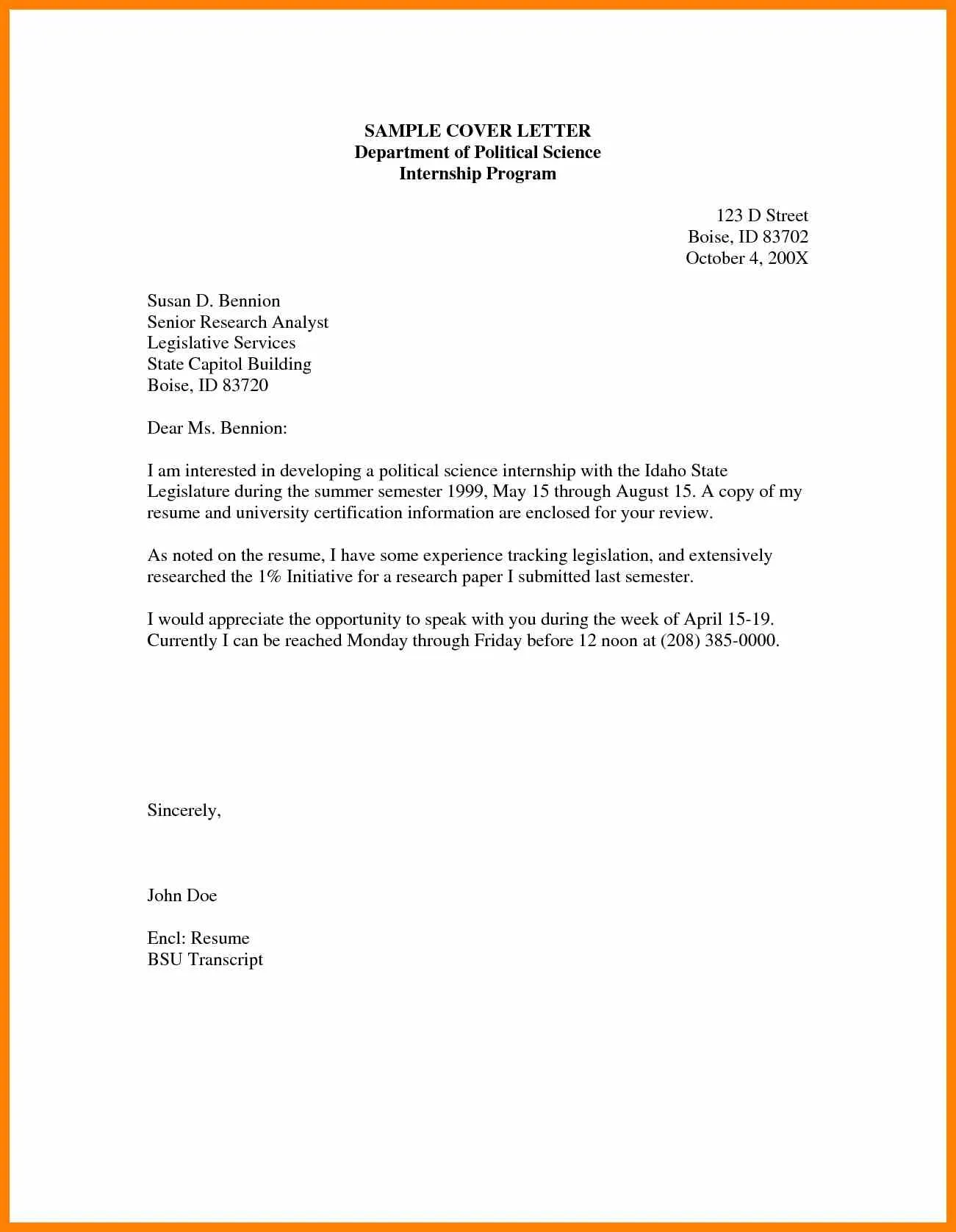Understanding the Purpose of a Cover Letter
A cover letter is your first opportunity to introduce yourself to a potential employer and make a positive impression. It’s a vital part of your job application, especially when you have limited or no prior work experience. Unlike a resume, which provides a factual account of your background, a cover letter allows you to express your personality, enthusiasm, and specific reasons for applying to a particular role. It’s your chance to connect with the hiring manager on a more personal level and demonstrate your genuine interest in the position and the company. A well-written cover letter complements your resume by providing context, elaborating on your skills, and showing how your aspirations align with the job requirements.
Why a Cover Letter Matters
For those with no experience, a cover letter becomes even more crucial. It allows you to showcase your potential and explain why you’re a suitable candidate despite the lack of a traditional work history. It enables you to highlight relevant experiences from other areas of your life such as academic projects, volunteer work, extracurricular activities, or personal projects that demonstrate the skills and qualities the employer is seeking. A strong cover letter demonstrates your communication skills, your understanding of the job requirements, and your eagerness to learn and contribute. It’s your opportunity to persuade the hiring manager that you possess the right aptitude, attitude, and motivation to excel in the role.
Highlighting Transferable Skills
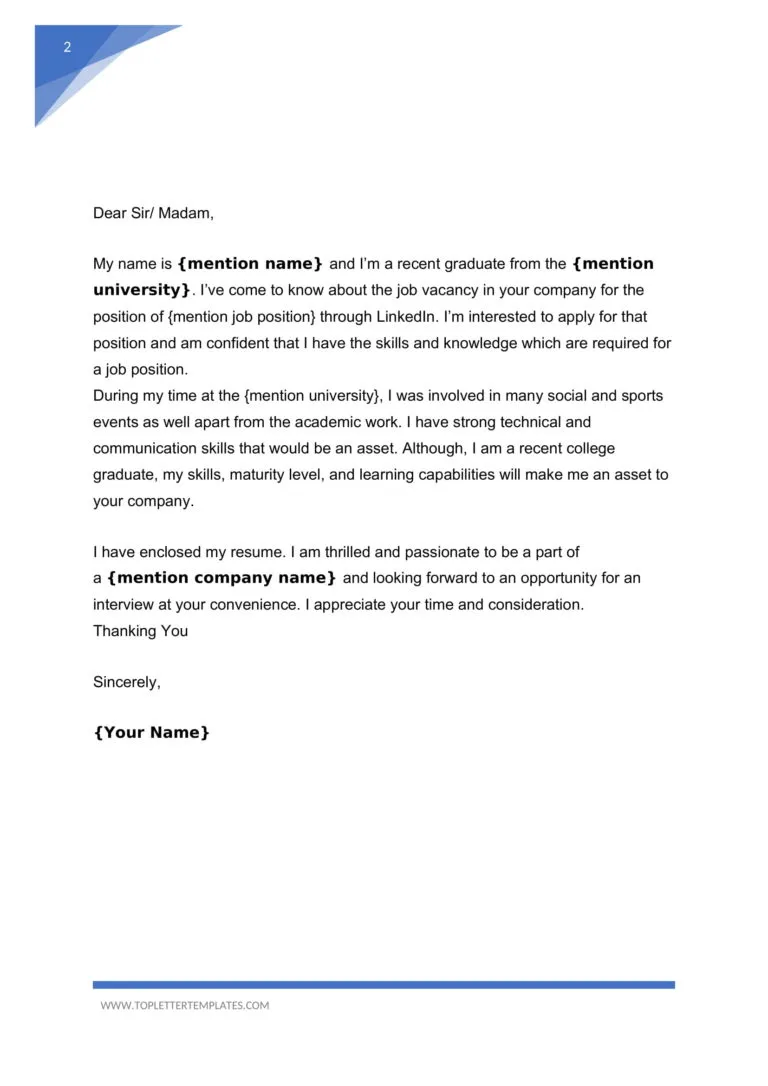
Transferable skills are abilities and qualities you’ve developed in one setting that can be applied to another. Even without direct work experience, you likely possess a range of transferable skills that employers value. These include communication, problem-solving, teamwork, time management, leadership, and adaptability. To identify these skills, think about your experiences in school, volunteer work, hobbies, and other activities. Consider what tasks you performed, what challenges you overcame, and what you learned. Frame these experiences in terms of the skills they helped you develop, and provide specific examples of how you’ve used these skills to achieve positive outcomes. This is key to writing a cover letter with no experience.
Identifying Your Skills
Start by making a list of all your skills, both hard and soft. Hard skills are technical abilities you’ve learned, such as software proficiency, data analysis, or foreign language skills. Soft skills are interpersonal and personal attributes, such as communication, problem-solving, and teamwork. Look at the job description and identify the skills the employer is seeking. Match your skills to the requirements, and emphasize those skills in your cover letter. Use action verbs to describe your skills, and provide concrete examples to demonstrate how you’ve used them effectively. Use the STAR method (Situation, Task, Action, Result) to describe these experiences in detail, providing context and quantifiable achievements whenever possible. This process is crucial to making your cover letter stand out.
Showcasing Relevant Experiences
Even if you lack formal work experience, you likely have relevant experiences that demonstrate your skills and abilities. These experiences might include academic projects, volunteer work, internships, extracurricular activities, or personal projects. Focus on what you accomplished in each experience, the skills you utilized, and the results you achieved. Quantify your achievements whenever possible. For instance, if you managed a project in school, mention the number of team members involved, the project’s duration, and any positive outcomes, such as improved efficiency or increased engagement. If you volunteered, describe your role, the tasks you performed, and any impact you had on the organization or community. Highlighting these details helps employers see your potential and understand how your experiences align with the job requirements.
Structuring Your Cover Letter

A well-structured cover letter is easy to read and makes a strong positive impression. Your cover letter should be concise, typically one page, and follow a clear and logical structure. Each section should serve a specific purpose, effectively conveying your qualifications and interest in the role. The layout should be clean and professional, with adequate spacing between paragraphs and sections to make it visually appealing. The overall tone should be professional but enthusiastic. Use a standard font such as Times New Roman, Arial, or Calibri, with a font size between 11 and 12 points. Ensure the letter is free of grammatical errors and typos by proofreading it multiple times before submitting it.
Header and Salutation
Start with a professional header that includes your contact information and the date. If possible, address the hiring manager by name. Research the company’s website or LinkedIn to find the hiring manager’s name and title. A personalized salutation like “Dear Mr./Ms. [Last Name]” is more effective than a generic greeting like “To Whom It May Concern.” It shows that you’ve taken the time to research the company and are genuinely interested in the position. If you can’t find the hiring manager’s name, use “Dear Hiring Manager” or “Dear [Department] Team.”
Body Paragraphs Key Components
The body paragraphs are the core of your cover letter, where you showcase your skills, experiences, and enthusiasm. The first paragraph should grab the reader’s attention and state the purpose of your letter. The second paragraph should provide details about your skills and experiences, explaining how they align with the job requirements. The third paragraph should express your interest in the company and the specific role, and conclude with a call to action. Each paragraph should be concise, well-written, and focus on conveying your key qualifications. Use strong action verbs to describe your accomplishments and provide specific examples to support your claims. Keep the language clear, concise, and professional.
First Paragraph Grab Attention
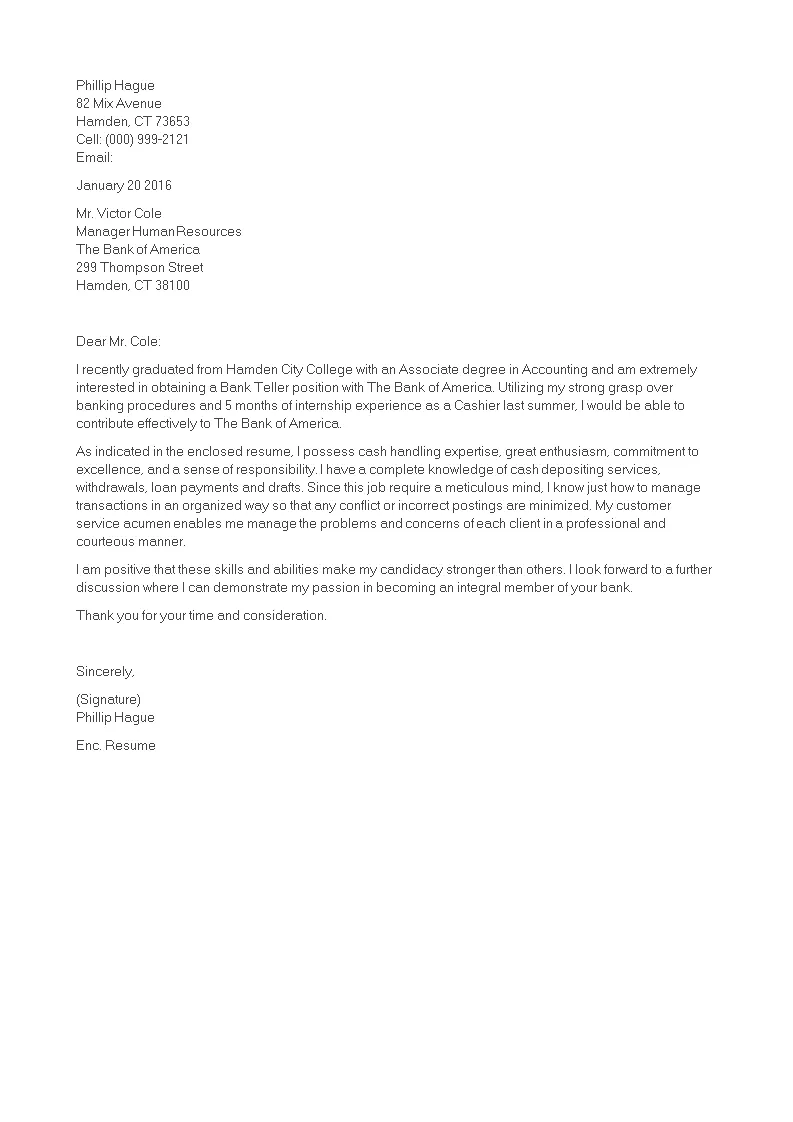
The first paragraph should immediately grab the reader’s attention and clearly state the position you’re applying for. Express your enthusiasm for the role and explain how you discovered the opportunity. If someone referred you, mention their name. You can start with a compelling statement about your passion for the industry or your interest in the company. Keep it brief and to the point. Example: “I am writing to express my keen interest in the Editor position at [Company Name], as advertised on [Platform]. I have long admired [Company Name]’s commitment to [Company Value] and believe my skills and enthusiasm align perfectly with your team’s goals.”
Second Paragraph Showcase Skills and Enthusiasm
In the second paragraph, delve deeper into your skills and how they relate to the job requirements. Focus on your transferable skills and provide specific examples from your experiences, such as projects, volunteer work, or academic achievements. Clearly explain how your skills and experiences make you a strong candidate, even without direct work experience. Emphasize relevant skills mentioned in the job description, such as writing, editing, communication, or organization. Quantify your achievements whenever possible to illustrate your impact. For instance, state how you improved a process, increased engagement, or helped meet a deadline. The objective is to demonstrate to the employer that despite the lack of experience you are capable.
Third Paragraph Express Interest and Close
In the third paragraph, express your sincere interest in the company and the specific role. Explain what attracts you to the company and what you hope to achieve in the position. Mention something specific about the company that resonates with you, such as its mission, values, or recent achievements. Restate your enthusiasm and reiterate why you’re a good fit. Conclude with a call to action, such as inviting the hiring manager to review your resume and schedule an interview. Thank the hiring manager for their time and consideration. A strong closing paragraph leaves a lasting impression, leaving the employer to desire to meet you.
Closing and Signature
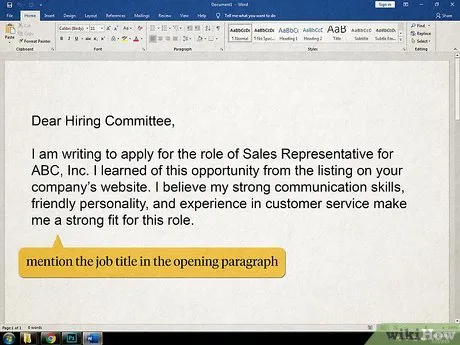
Close your cover letter professionally. Use a formal closing such as “Sincerely,” “Best regards,” or “Thank you for your consideration.” Follow the closing with your typed name. If you’re submitting a hard copy, leave space for your handwritten signature above your typed name. Ensure your contact information is easy to find, including your phone number and email address. Proofread the entire letter again to eliminate any typos or grammatical errors. This will help you leave a strong last impression and will encourage them to call you.
Tailoring Your Cover Letter
Always tailor your cover letter to each job you apply for. A generic cover letter will likely be disregarded. Customizing your cover letter shows the employer that you have researched the company and understand the specific requirements of the position. Read the job description carefully and identify the key skills, qualifications, and experiences the employer is seeking. Then, adjust your cover letter to highlight how your skills and experiences align with those requirements. Use keywords from the job description throughout your letter. Avoid simply restating your resume. Instead, provide additional context and elaborate on your accomplishments. This approach shows you understand the role and have the qualifications required.
Researching the Company
Before writing your cover letter, research the company. Visit the company website, read their “About Us” section, and explore their social media profiles. Learn about their mission, values, products, services, and recent news. Look for information about the company culture and work environment. Understanding the company’s goals and values will help you tailor your cover letter to demonstrate your genuine interest. Mention something specific you admire about the company in your cover letter to show that you’ve done your homework. This level of detail demonstrates your engagement and adds a personalized touch to your application.
Using Keywords
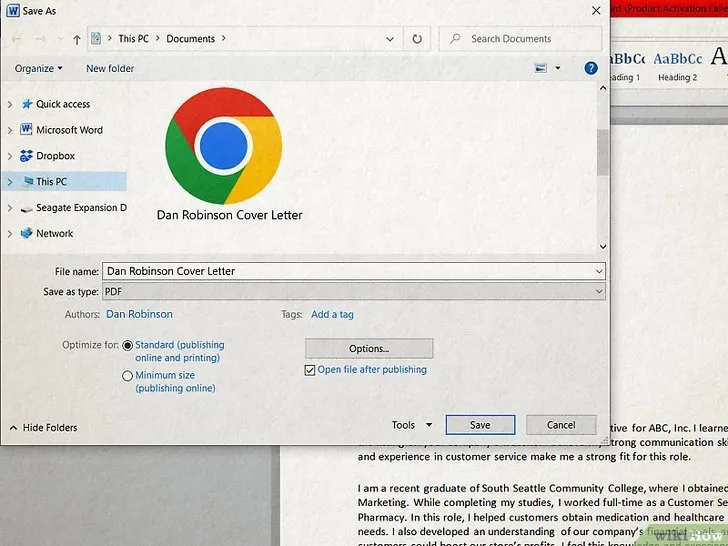
Use keywords from the job description throughout your cover letter. Employers often use Applicant Tracking Systems (ATS) to scan resumes and cover letters for relevant keywords. Incorporating these keywords can increase the chances of your application being noticed. Read the job description carefully and identify the key skills and qualifications. Then, naturally incorporate these keywords into your cover letter, highlighting your relevant experiences and skills. Avoid keyword stuffing, as this can make your letter sound unnatural and unprofessional. The keywords should flow naturally within your writing. When mentioning your skills, provide context and examples to demonstrate your abilities.
Proofreading and Editing
Proofread and edit your cover letter meticulously before submitting it. Typos, grammatical errors, and inconsistencies can undermine your credibility. Read your cover letter multiple times, checking for any mistakes. Ask a friend, family member, or career counselor to review your letter for clarity, grammar, and style. Use grammar and spell-checking tools, but don’t rely on them entirely. Proofreading is essential to ensure your cover letter is polished and professional. Correct any errors and inconsistencies. Ensure your letter is concise and easy to read. Make sure the formatting is correct and consistent. A well-proofread cover letter demonstrates attention to detail and professionalism.
Common Mistakes to Avoid
Avoid making common mistakes that can undermine your cover letter. These mistakes can lead to the rejection of your application. Be aware of these pitfalls and ensure your cover letter is free of them. The letter should be professional and engaging. By avoiding these common mistakes, you increase your chances of landing an interview.
Generic Cover Letters
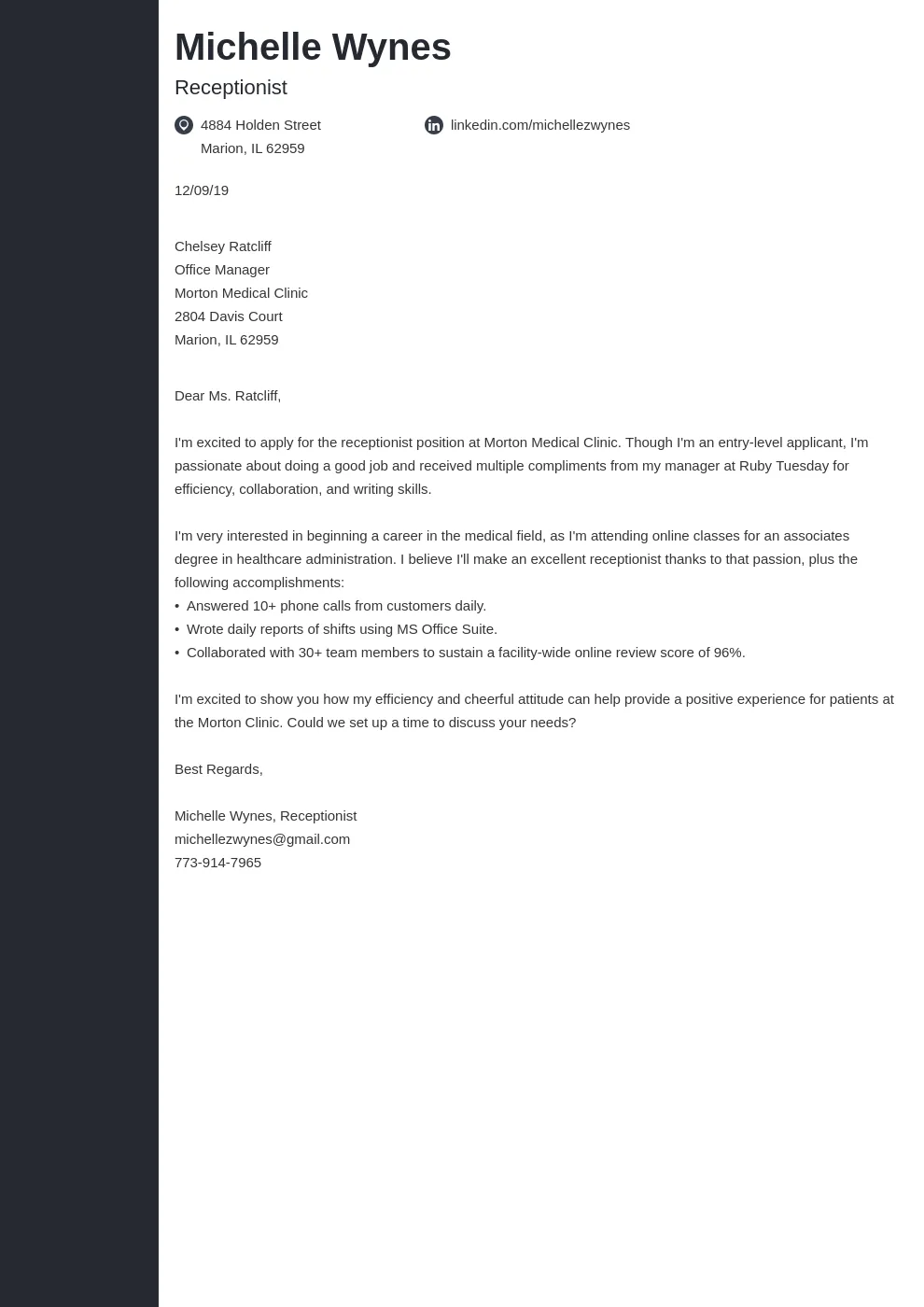
Avoid using generic cover letters. Tailor each cover letter to the specific job and company. Generic cover letters lack personalization and fail to demonstrate your genuine interest in the role. They show that you haven’t taken the time to research the company or understand the job requirements. A generic cover letter gives the impression that you’re sending out mass applications without considering the specific needs of each role. Instead, customize each cover letter to show your passion for the position and explain why you are perfect for the job.
Typos and Grammatical Errors
Typos and grammatical errors can make your cover letter appear unprofessional and careless. Proofread your cover letter multiple times and use grammar and spell-checking tools. These errors suggest a lack of attention to detail. They can create a negative impression and cause the hiring manager to disregard your application. Before submitting the cover letter, always proofread the document. Look for mistakes in grammar, spelling, punctuation, and sentence structure. Have someone else review your letter for clarity. Consider running it through a grammar checker. Ensure your cover letter is error-free and polished to demonstrate your professionalism and attention to detail.
Lack of Enthusiasm
A cover letter should convey your enthusiasm for the role and the company. Express your excitement and genuine interest in the opportunity. Avoid writing a cover letter that sounds indifferent or uninspired. Use positive language, strong action verbs, and specific examples to showcase your passion. Avoid generic statements. Use words and phrases that show your energy and engagement, such as “eager,” “excited,” “passionate,” and “motivated.” A cover letter should convey that you’re motivated to succeed in the role. Demonstrate your interest in the company and its mission. Showcase your passion for the role, ensuring that your letter is engaging and compelling.
Call to Action What to Include
Include a clear call to action in your closing paragraph. This could be inviting the hiring manager to review your resume, expressing your availability for an interview, or offering to provide additional information. Make sure the call to action is specific and actionable. A strong call to action encourages the employer to take the next step. It should be directly and clearly stated. Express your eagerness for the interview and let them know you’re looking forward to hearing from them soon. End with a professional closing such as “Sincerely” or “Best regards.”
